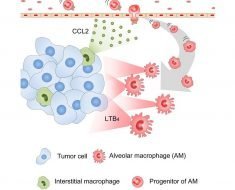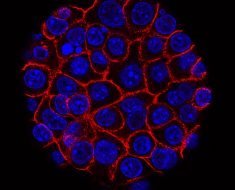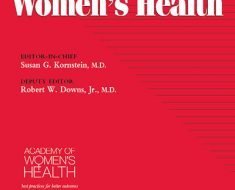Neurologists have identified a new type of vertigo with no known cause, according to a study published in the May 23, 2018, online issue of Neurology, the medical journal of the American Academy of Neurology.
With vertigo, people have episodes of dizziness that can last from minutes to days. Vertigo can be caused by serious conditions, such as tumors, or conditions that are fairly benign, such the inner ear disorder Meniere’s disease. But for some people, no cause can be found.
In this new study, neurologists have identified a new type of vertigo where treatment may be effective.
“These conditions can be difficult to diagnose and quite debilitating for people, so it’s exciting to be able to discover this new diagnosis of a condition that may respond to treatment,” said study author Ji-Soo Kim, MD, Ph.D., of Seoul National University in Seongnam, South Korea.
To diagnose this new condition, the person sits in a dark room and the examiner moves the patient’s head forward and then the head is shaken horizontally for about 15 seconds. Then the patient opens his or her eyes and a video recording is taken of eye movements. The neurologists discovered that after the test people with this new condition had eye movements called nystagmus that lasted longer than for other people. The new condition is called recurrent spontaneous vertigo with head-shaking nystagmus.
Among 338 people with vertigo with no known cause, 35 had this new condition and were included in the study. The participants had attacks of vertigo ranging from two or three times a week to once a year. They also experienced nausea or vomiting, headaches and intolerance of head motions during the attacks.
The participants were compared to 35 people with other conditions that can cause vertigo, such Meniere’s disease, vestibular migraine and vestibular neuritis. The test measured the time constant, or the time that represents the speed with which the reflexive eye movements can respond to change. For those with the new condition, the time constant during the primary phase of the nystagmus was 12 seconds, while it was six seconds for those with Meniere’s disease and five seconds for those with vestibular neuritis and vestibular migraine.
The neurologists also found that people with the new type of vertigo were more likely to have severe motion sickness than those with other types of vertigo.
A total of 20 of the 35 people with the new type of vertigo who had frequent attacks and severe symptoms were given preventive medication. About one-third of those had partial or complete recovery with the new medication. During the long-term follow-up of an average of 12 years after the first symptoms for 31 participants, five reported no more attacks, 14 said their symptoms had improved and only one said symptoms had gotten worse.
Kim said that people with this condition may have a hyperactive mechanism in their vestibular system that helps the brain respond to movement of the body and in the environment.
Source: Read Full Article





